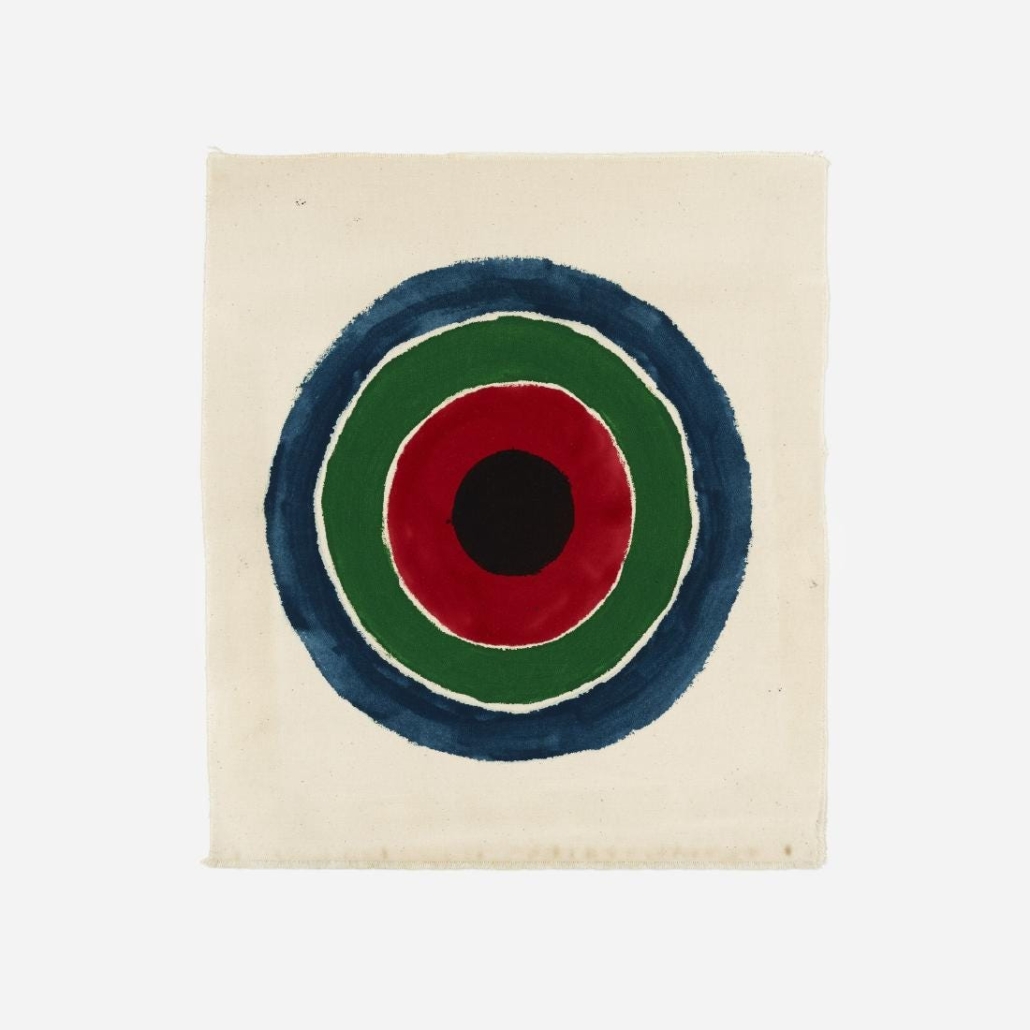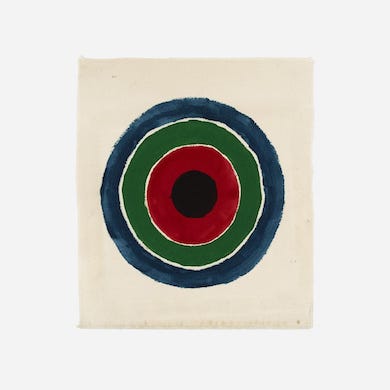
NEW YORK — Among the most distinctive styles of abstract painting to emerge from New York in the 1940s-1960s was the one dubbed “Color Field.” Its look is definitely rooted in the European modernists but it’s overwhelmingly New World flavored. Wide swaths of color fields — some have firmly defined and geometric borders while others are more amorphous — define the canvas. Brushstrokes are far less important than the overall process, and the mastery of color seeks to engage the viewer in a visceral manner. A handful of artists led the charge and their work continues to attract collectors while influencing the art world and up-and-coming artists. Among those who have been labeled Color Field painters are Mark Rothko, Barnett Newman, Sam Gilliam, Clyfford Still, Helen Frankenthaler, Morris Louis and Kenneth Noland.


